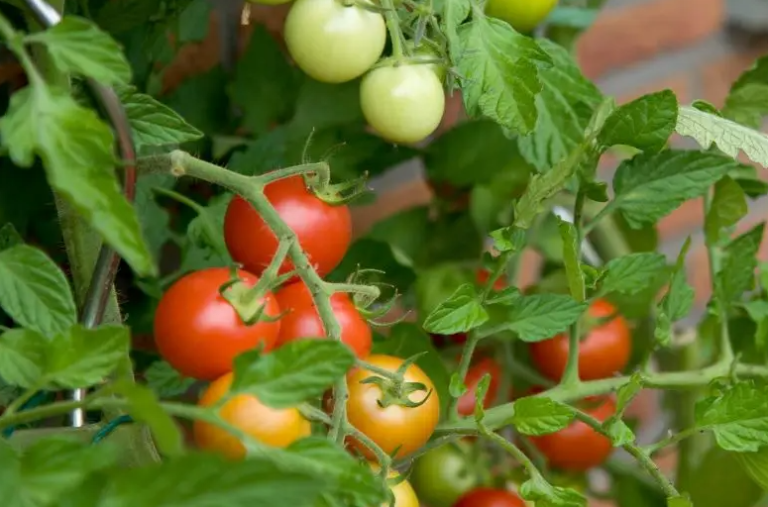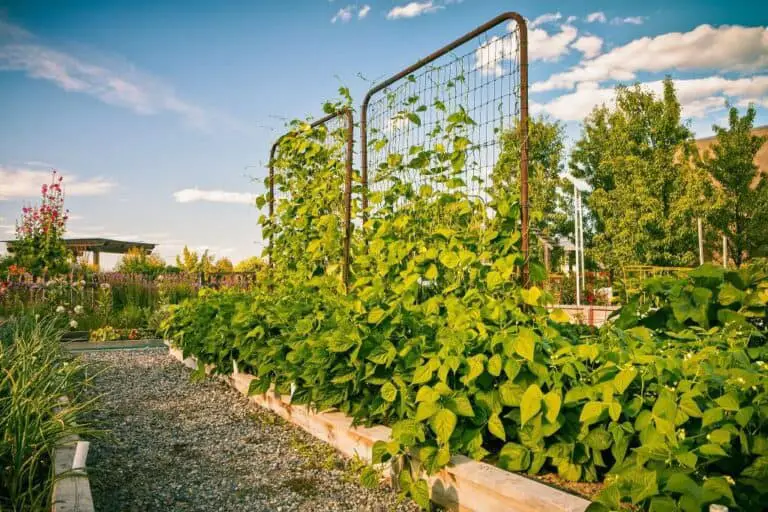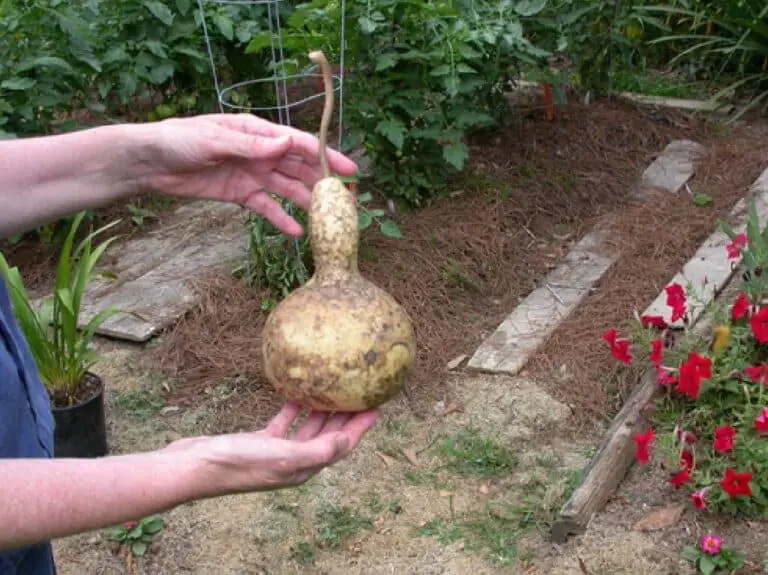When to Plant Sunflowers in Montana: A Comprehensive Guide

Dreaming of fields ablaze with vibrant sunflowers in the Montana sunshine? Montana has a diverse climate. It has varying regions. Both bring challenges and opportunities for growing sunflowers. Knowing the perfect timing for planting sunflowers can turn your garden into a cheerful haven of golden blooms.
You might be envisioning a backdrop for summer picnics. Or, you might be trying to attract local wildlife. Either way, knowing the best time to plant is key. In this article, we delve into the best times to plant sunflowers in Montana, considering the region’s climate and soil conditions.
Master the timing and techniques for planting sunflowers. Then, you’ll be ready to grow a stunning display. It will brighten your landscape and bring joy all season.
Understanding Montana’s Climate Zones
Montana is characterized by several distinct climate zones due to its vast size and varied terrain. The eastern plains have different temperature ranges and frost dates than the mountainous west. These differences influence sunflower growth in each region. It’s crucial to consider these factors when planning your planting schedule.
- Eastern Plains: Known for shorter growing seasons with cold winters and hot summers.
- Central Valleys: Moderate winters and warmer summers, suitable for a wide range of crops.
- Mountainous West: Higher elevations result in cooler temperatures and shorter growing seasons.
When to Plant Sunflowers in Montana? (Best Seasons)

Choosing the right season is critical for successful sunflower cultivation in Montana. Sunflowers thrive in warm temperatures and require adequate sunlight to flourish. Depending on your location within the state, here are the recommended planting times:
| Region | Best Planting Time |
| Eastern Plains | Late May to Early June |
| Central Valleys | Mid-May to Late June |
| Mountainous West | Late June to Early July |
| Also read: Do Cut Sunflowers in a Vase Need Sunlight? |
Factors to Consider When Planting Sunflowers in Montana
When planting sunflowers in Montana, many key factors greatly affect their growth and success. Knowing these factors can help. They ensure a thriving sunflower crop in Montana. The state has diverse climate zones and varying regions.
Soil Temperature: Sunflowers thrive in warm soil, ideally around 55-70°F (13-21°C) for optimal germination. Before planting, use a soil thermometer to gauge the temperature at planting depth (1-2 inches). Plant seeds when soil temperatures are in this range. Doing so promotes fast seedling emergence and robust early growth.
Frost Dates: Montana’s frost dates vary widely across its regions. Knowing the average last spring frost date and first fall frost date for your specific location is crucial. Sunflowers are sensitive to frost. Planting too early can risk damage to new seedlings. Late planting may shorten the growing season. Consult local agricultural extension resources or climate data to pinpoint these dates accurately.
Seed Selection: Picking the right sunflower seed is key. It’s essential for success in Montana. Consider factors such as maturity length, disease resistance, and intended use (e.g., ornamental, oilseed, or birdseed). Popular varieties for Montana include ‘Helianthus annuus’ for its versatility. ‘Mammoth Sunflower’ is known for its great height and large flowers.
Best Varieties of Sunflowers to Grow in Montana
The best varieties of sunflowers to grow in Montana depend on several factors, such as climate, soil type, and intended use. Here are some popular and suitable varieties:
- Helianthus annuus (Common Sunflower): This is the most widely grown sunflower species in Montana. It is an annual, grows up to 6 feet tall, and produces large, showy yellow flowers. It is commonly used for oil production and as a food source for humans and wildlife.
- Helianthus pumilus (Littleflower Sunflower): Littleflower Sunflower (Helianthus pumilus) is a perennial sunflower. It is native to central and southeastern Wyoming, central Colorado, and parts of Montana. It grows 1-3 feet tall and has smaller, less showy flowers. It is well-suited for dry, rocky sites and is a palatable food source for livestock and wildlife.
- Helianthus x laetiflorus (Cheerful Sunflower): This hybrid sunflower is commonly cultivated and is known for its bright, cheerful flowers. It is a good choice for ornamental purposes and can thrive in a variety of soil types.
These varieties are well-suited for Montana’s climate and soil conditions. Specific growing conditions and management practices should be considered. They are key for optimal growth and yields.
| Read: Are Sunflowers Poisonous and Toxic To Other Plants? |
Tips for Planting Sunflowers in Montana
- Soil Preparation: Sunflowers prefer well-drained, fertile soil with a pH between 6.0 and 7.5. Amend heavy soils with organic matter like compost to improve drainage and nutrient availability.
- Seed Selection: Choose sunflower varieties suited to Montana’s growing conditions. Varieties such as ‘Helianthus annuus’ and ‘Mammoth Sunflower’ are well-adapted to the state’s climate.
- Planting Depth and Spacing: Plant sunflower seeds about 1-2 inches deep and space them 6-12 inches apart, depending on the variety. Ensure seeds are planted upright with the pointed end facing down.
- Watering and Fertilizing: Provide consistent moisture, especially during the germination and flowering stages. Avoid overwatering to prevent root rot. Use a balanced fertilizer at planting time. Then, side-dress with nitrogen when plants are 12-18 inches tall.
- Weed and Pest Control: Keep sunflower beds free from weeds that compete for nutrients and water. Monitor for pests such as aphids and caterpillars, using natural predators or insecticidal soap as needed.
- Support Structures: Support Structures can help. Consider staking tall sunflowers. This prevents bending or breaking in strong winds. This is particularly important in regions prone to gusty conditions.
- Harvesting and Storage: Harvest sunflowers when the back of the flower head turns yellow and the seeds appear plump and mature. Cut sunflower heads with several inches of stem attached and hang them upside down in a dry, well-ventilated area to dry completely. Remove seeds by rubbing them gently with your hands or using a screen.
Common Problems and Solutions in Growing Sunflowers
Growing sunflowers can be rewarding, but it comes with its share of challenges. One common issue is poor soil quality, which can lead to stunted growth or yellowing leaves.
To address this, enrich the soil with compost or organic matter before planting. Another challenge is pests like aphids or caterpillars that can damage leaves and flowers. Using natural insecticides or companion planting with marigolds can help deter these pests.
Sunflowers also require adequate water, especially during hot weather. Overwatering can lead to root rot, while underwatering can cause wilting. On the other hand, less watering can lead to sunflower leaves drooping.
To maintain optimal moisture levels, water deeply but infrequently, ensuring the soil drains well. Additionally, sunflowers are prone to diseases such as powdery mildew, which appears as a white powder on leaves. Preventive measures include spacing plants well for air flow. Use fungicidal sprays if needed.
Also, sunflowers may face challenges. For example, they face wind damage and bird attacks, especially when seeds begin to mature. Stakes or netting can protect against wind. Netting or tape can deter birds.
Conclusion
Planting sunflowers in Montana can be rewarding. It just takes careful planning and following local planting rules. Pick the right season. Prepare the soil well. Use good cultivation practices. Then, you can enjoy vibrant sunflowers and a big harvest.
You might grow sunflowers for their beauty, seeds, or oil. Montana’s diverse farmland offers many chances for successful sunflower growing. Happy planting!






